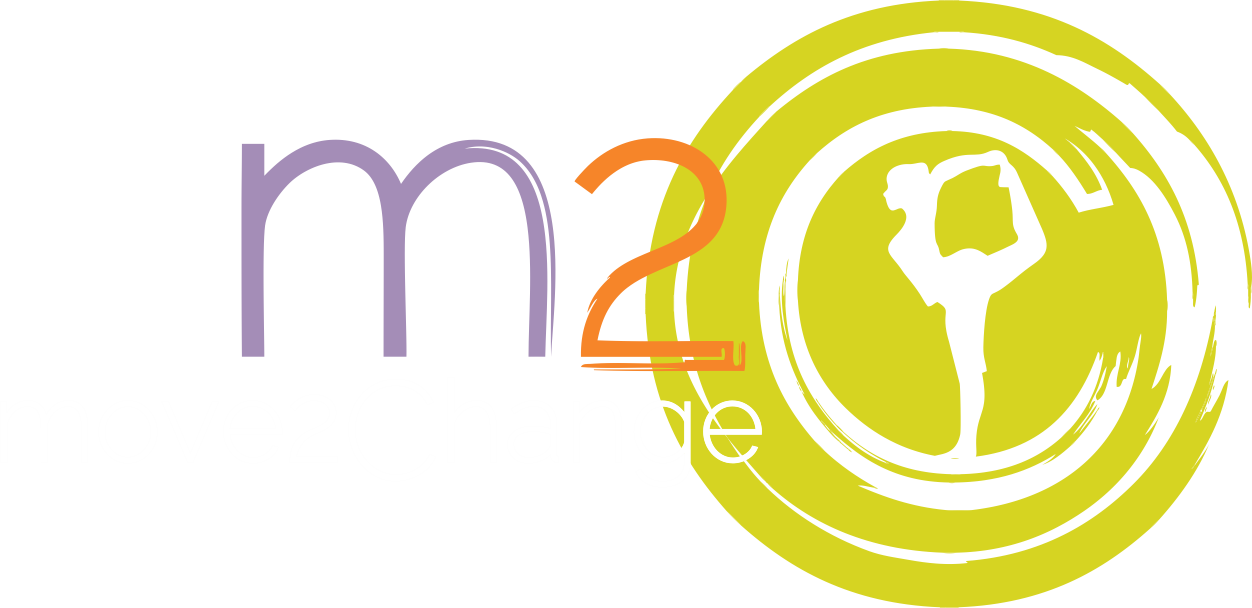Dance is an Art of Healing
My first memory of dance is at a performance of ballet when I was five years old. I have vague memories of hairspray, buns tutus and a teacher, full of intention telling me that I “must” perform. The picture of me of that performance tells another story. In the performance picture I am off the the left of the stage, dancing to my own rhythm, my own song. I have no care or thought about the group of peers in center stage, doing the steps as rehearsed. I remember a freedom. A sense of finally being released onto the stage, unaccompanied, without the teacher’s shadow looming and full freedom to be seen without control.
Years later, as I think back on that earliest memory, another surfaces. A memory of me in high school, legs lifted, arms overhead. Lift the leg, left, right. My dyslexia had yet to reveal itself to me so I couldn’t understand why my legs were always opposite of everyone. Why was I always wrong? Then tap. The ultimate freedom and joy of dancing. A loose upper body, listening to sounds and fast feet following my ears echos.
When college came around I found myself in the back of the room for modern dance. Every day I walked by the Aikido dojo to class. One day I left the dance room, full of mirrors and longings to be thin, and settled into a white practice outfit in a white, mirror-less room.
My first lessons taught me to move from my Hara, my center.
In my next trip to Southeast Asia, high up in the mountains of Ladakh, I would practice moving from my center with Tai Chi. I stared at the pictures of the colorful goddesses dancing on the walls of caves, temples, houses.
I have one vivid dream where I shoot my arms out to the women around me and I tell them I’m going to teach them the Green Tara dance. Then we dance around in circles, over and over, a mandala of ourselves moving with laughter and sweet joy. Tara, in Buddhism is the Goddess of compassion. She is elegant, sweet , kind. Her medicine, her transmission of understanding is gentle.
I had no idea that a couple years later, after securing a grant in Anthropology to study abroad in Nepal that I would learn the dance of Tara, as well as other gods and goddesses. But Tara would be my first. My first understanding of unhuman character to bring to life. She did the honor of teaching me how to energetically embody a personal understanding and projection of a sweet, feminine divine. This was healing for me, who grew up with many a bearded and masculine god and Jesus. She, Tara was my first introduction to all encompassing, all knowing, all powerful, beautiful feminine possibility of everything greater than but part of me. When I danced her dances I noticed that all my dancers were girls and when we performed they leaned in with rapt attention.
But my inner struggle to embody the gods and goddesses in performance became pronounced when I moved back to the US, to the West. Here the only gods traditionally honored are male. By historical default, all others are heretical. This was certainly true in my family and presented a struggle for me. While I enjoyed being appreciated for the unique offerings I brought within my body form the East, the West brought me back in direct confrontation with my culture and my past.
In the late 1990’s sacred dance, dances of goddesses and such was still not known. I called the dances I learned by different names. I wrote about the psychological significance of learning and dancing these dances. I wrote about the cultural impact of learning these sacred and culturally centered dances. Still..
Back in Nepal, after finishing my studies, my teacher’s daughter came to teach me in lieu of her mother, who had injured her knee dancing. She decidedly offered to teach me a popular Bollywood dance called “Dola Re”. Politely I followed her movements. And fell in love. The Bollywood she taught me was based in Kathak- Classical Indian dance but with a modern twist. Closer to the Classical dances I was learning, with the story telling of the local Folk dances I enjoyed dancing without the stigma of religious dances. Telling stories, I found a heart’s match that would last another twenty years of teaching- the first ten of which Bollywood was still not a household name.
A Classicalist by practice, I taught true to form. All the time noticing, to my chagrin that each dance was different, with a different fusion, rhythm story. Until I could surrender to fusion itself, Pure, unadulterated fusion styles of dance. This today is still a joy, the more so because fusion dance has become not only accepted but popularized.
After twenty years of teaching youth from ages 5 to adults ages 70; form performing in cultural, religious, secular and every other kind of setting, Bollywood brings me joy in an inexpressible way. Inside I feel the joy of personal expression and bodily freedom and its from that feeling that I’m compelled to teach. From early Classical Western training to Internal Martial Arts to Temple dance to Bollywood, Im grateful for my journey into the art of song and meaning, story and choreography. I continue to develop workshops and classes to impart the inner journey to the outer expression - from inspiration to story to music and rhythm to saying something through the body to performance. In this way, dance continues to be a process of learning, a discovery and an art of healing.
